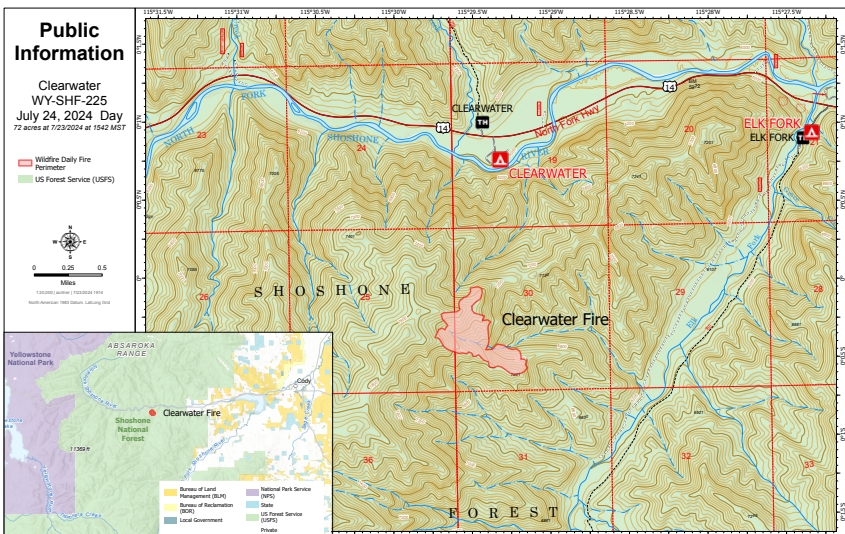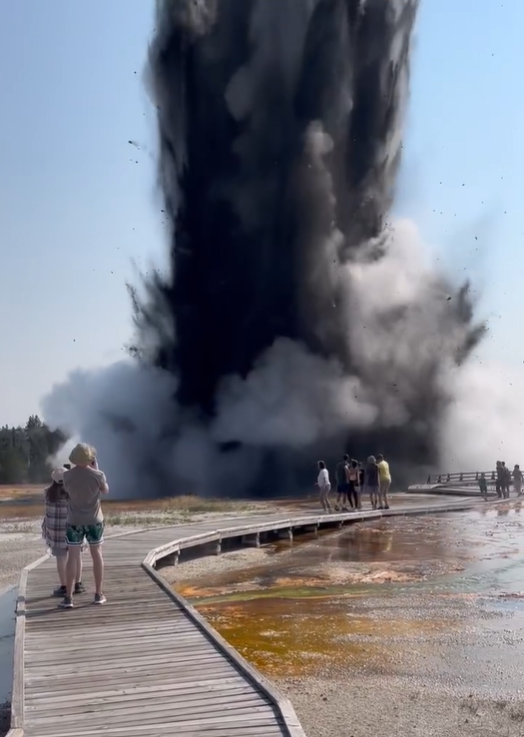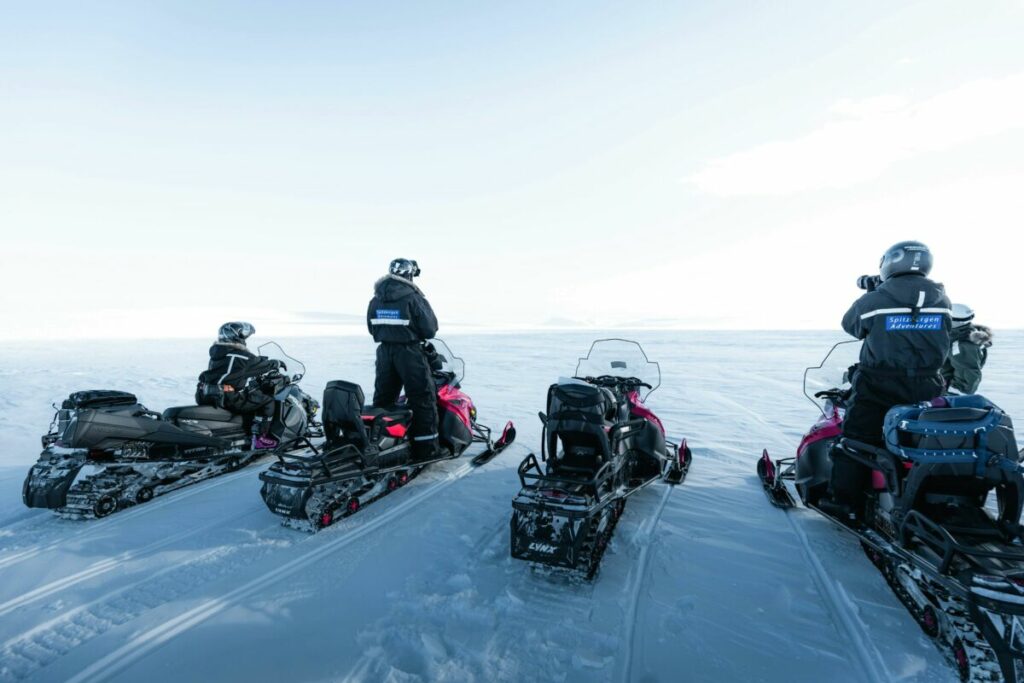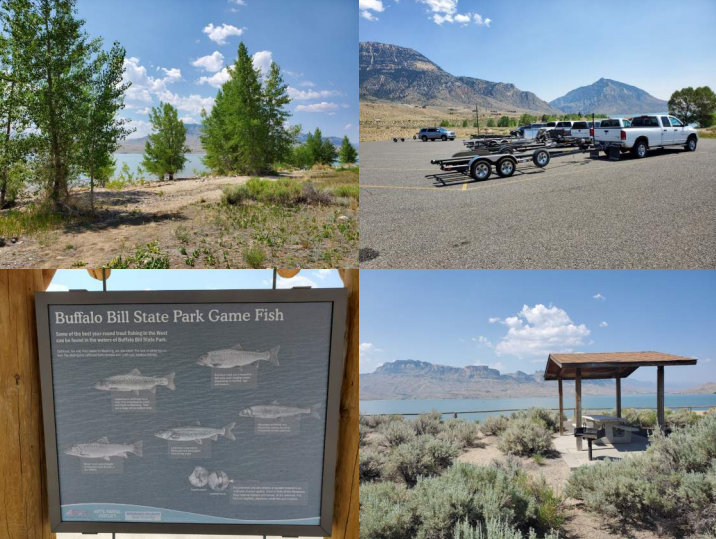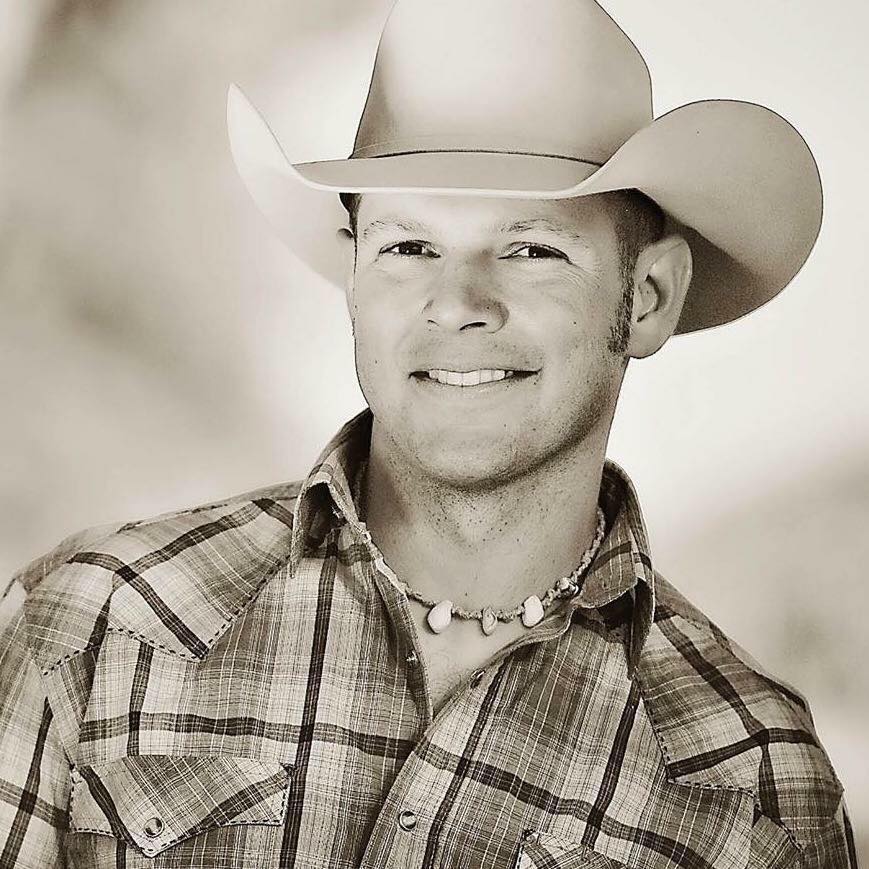Yellowstone Responds: “Why Was the Bison Calf Euthanized?”
Written by Andrew-Rossi on May 25, 2023
The top story of Yellowstone National Park this year is the unfortunate incident where an as-of-yet unidentified tourist attempted to “rescue” a baby bison. Unfortunately, in this case – as with many others – the well-intentioned act ended with rangers deciding to euthanize the calf after multiple attempts to reunite it with its mother failed.
Park officials are asking for any information on the unidentified tourist – a white male in his 40s or 50s. But amidst the expected outrage and emotional reaction to the man’s actions, Yellowstone’s response to the incident is also being criticized.
A webpage on the National Park Service’s Yellowstone website addresses the issue: why was the bison calf euthanized?
“We provide this explanation not because we want everyone to agree with us,” the site reads, “but because we believe that problem-solving starts with difficult conversations. When these conversations arise, it’s important that you continue to speak freely and with the assumption that everyone, including the person who handled the bison, was operating with the best intentions.”
In summary: Yellowstone National Park preserves the wildlife of the Greater Yellowstone Ecosystem – in all its glory and tragedy.
Park biologists are not “lazy, uncaring, or inexpert” in their understanding of bison biology. Rangers attempted to reunite the calf with its herd multiple times, but neither the calf nor the mother attempted to cross the river. Those circumstances led to the unfortunate decision to euthanize the calf.
Yellowstone is not a zoo or sanctuary. While these places may have attempted to rear the calf in captivity, Yellowstone is an authentic natural environment. The death of this calf became a national news story, but the park points out that many as 25% of the bison calves born this spring will die without much notice.
But what about the program where Yellowstone bison are sent to conservation herds? Every year, bison are sent to American Indian reservations and other areas in the ongoing effort to restore bison to their historic ranges across North America.
“Federal and state regulations prohibit the transport of bison out of Yellowstone unless those bison are going to meat processing or scientific research facilities,” the post reads. “We now have a quarantine facility so bison can go through the months-long testing protocols for brucellosis and, if negative, be used to start conservation herds elsewhere. However, the use of quarantine for a newborn calf that’s abandoned and unable to care for itself is not a good candidate for quarantine.”
While tragic, the deaths of these calves are an essential part of the life cycle of Yellowstone. Dead animals of all kinds support the ecosystem’s bears, wolves, birds, and insects – whose wildness and survival are just as essential as the park’s bison.
Keeping with this cycle, the body of the euthanized calf was “left on the landscape” for the benefit of the park’s scavengers.
“Every day in national parks, some animals die so that others may live,” the post reads. “Situations like this one are challenging, but they also offer a space for all of us to engage in deeper conversations about the meaning of wild places as we move forward into the 151st year of Yellowstone.”
Anyone who was in Lamar Valley on the evening of May 20, 2023, and may have information that could help the investigation into the incident is encouraged to contact the Yellowstone National Park Tip Line at 307-344-2132 or YELL_Tip@nps.gov.
